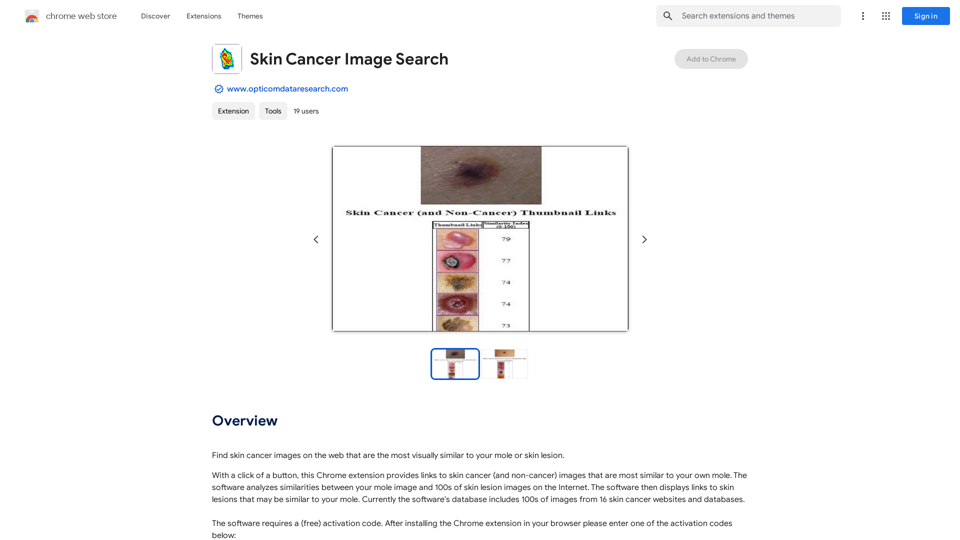Rock and Search is a custom Chrome extension that transforms your new tab experience. It offers AI-generated wallpapers, customizable backgrounds, and integrated Microsoft Bing search functionality. This free extension allows users to personalize their browsing environment while providing efficient search capabilities.
Rock and Search
Install Rock and Search - a custom New Tab with beautiful wallpapers and backgrounds to brighten your day!
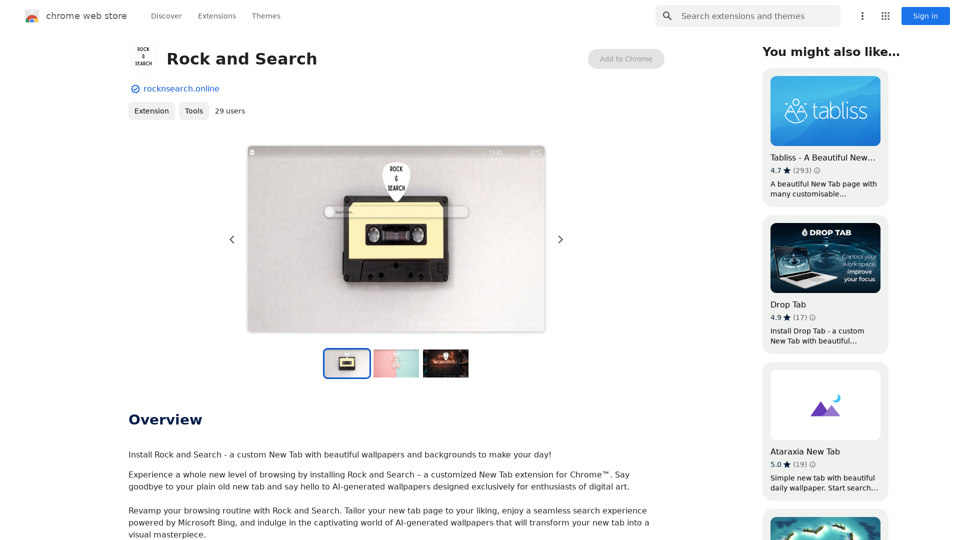
Introduction
Feature
Customizable New Tab Page
Rock and Search offers a highly customizable new tab page, allowing users to:
- Choose from a variety of backgrounds
- Add and arrange widgets
- Tailor the layout to personal preferences
AI-Generated Wallpapers
The extension features:
- Unique, AI-created wallpapers
- Exclusive designs for digital art enthusiasts
- Regularly updated selection of backgrounds
Seamless Bing Search Integration
Users benefit from:
- Built-in search bar powered by Microsoft Bing
- Quick and efficient search results
- Streamlined browsing experience
Easy Installation and Setup
Getting started with Rock and Search is simple:
- Click "Add to Chrome" button
- Grant necessary permissions
- Instantly access customization options
Free to Use
Rock and Search is completely free:
- No subscription fees
- No hidden costs
- Full access to all features
FAQ
What makes Rock and Search unique?
Rock and Search stands out by combining:
- AI-generated wallpapers
- Customizable new tab layouts
- Integrated Bing search functionality All in a free, easy-to-use Chrome extension.
How can I make the most of Rock and Search?
To maximize your Rock and Search experience:
- Explore different AI-generated wallpapers regularly
- Experiment with various widget combinations
- Utilize the Bing-powered search bar for quick information access
Is Rock and Search compatible with all Chrome versions?
Rock and Search is designed to work with:
- Recent versions of Google Chrome
- Chrome-based browsers (e.g., Brave, Edge)
Always ensure your browser is up-to-date for optimal performance.
Latest Traffic Insights
Monthly Visits
193.90 M
Bounce Rate
56.27%
Pages Per Visit
2.71
Time on Site(s)
115.91
Global Rank
-
Country Rank
-
Recent Visits
Traffic Sources
- Social Media:0.48%
- Paid Referrals:0.55%
- Email:0.15%
- Referrals:12.81%
- Search Engines:16.21%
- Direct:69.81%
Related Websites

Opulli | AI Fashion Model Platform for Clothing Brands
Opulli | AI Fashion Model Platform for Clothing BrandsCreate captivating AI-generated fashion models, cutting photoshoot costs dramatically. Enhance audience engagement, accelerate market debut, and lead fashion trends with unparalleled speed and precision.
0
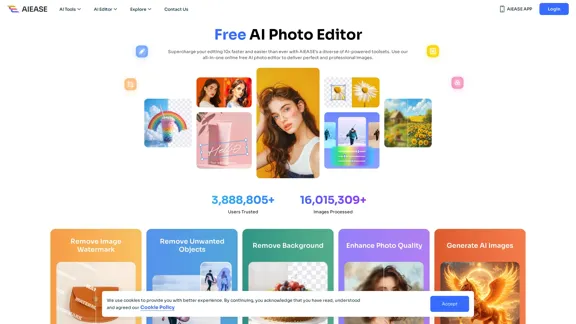
Free AI Photo Editor: Simplify Photo Editing Online - AI Ease
Free AI Photo Editor: Simplify Photo Editing Online - AI EaseSimplify and automate your photo editing with AI Ease. Experience a variety of AI photo editing tools to enhance every aspect of your images for free.
2.46 M
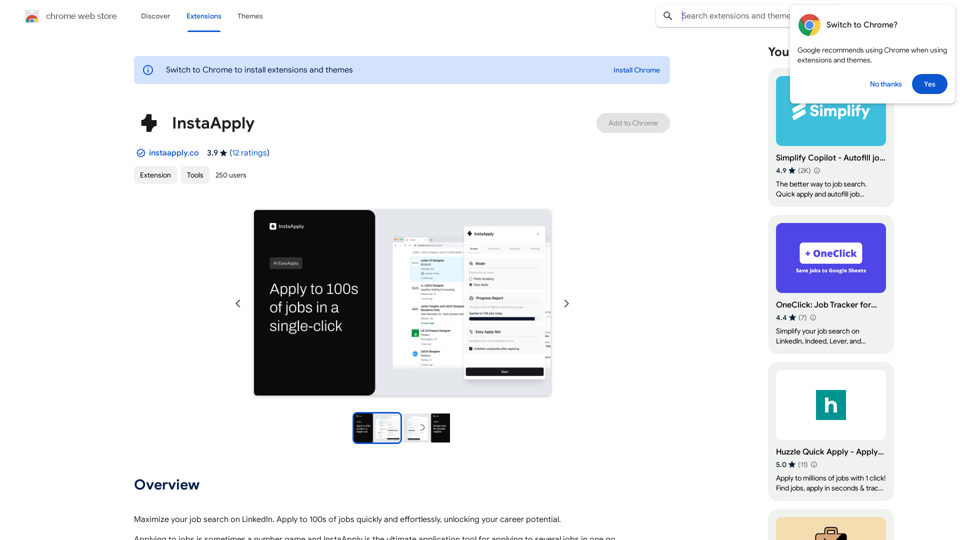
Maximize your job search on LinkedIn. Apply to hundreds of jobs quickly and easily, unlocking your career potential.
193.90 M
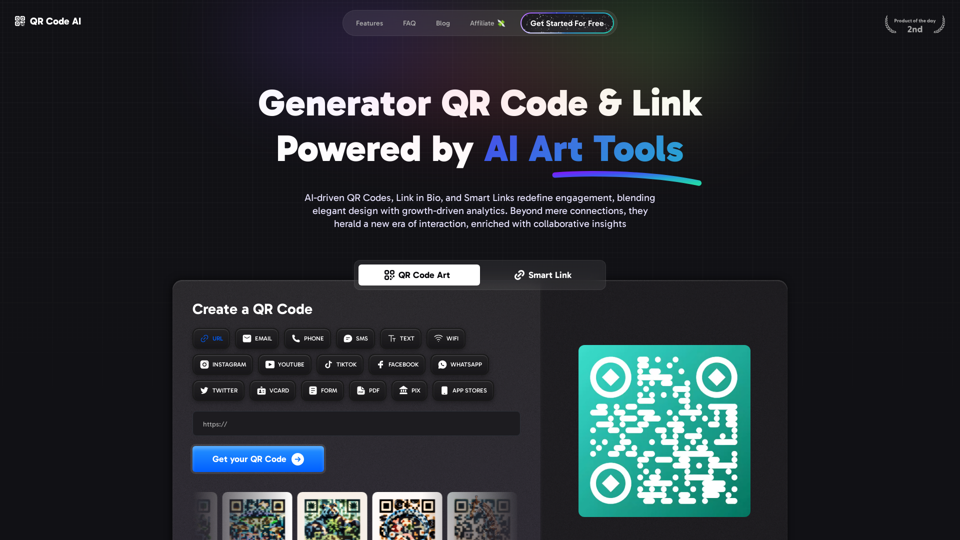
Free QR Code AI Art Generator (2024) • Scanner, Link in Bio, Smart Link, Analytics, Workspace, Monkey, Tiger
Free QR Code AI Art Generator (2024) • Scanner, Link in Bio, Smart Link, Analytics, Workspace, Monkey, TigerCreate an artistic QR Code for free, featuring images, logos, colors, and shapes. Select from templates that link to your website, email, WiFi, URL, phone, UPI, PIX, or Rick Roll. Use tools like Canva, Adobe, or Google to design. Compatible with Android and iOS devices. A top alternative to QR Monkey, Tiger, Chimp, and Unitag.
194.49 K
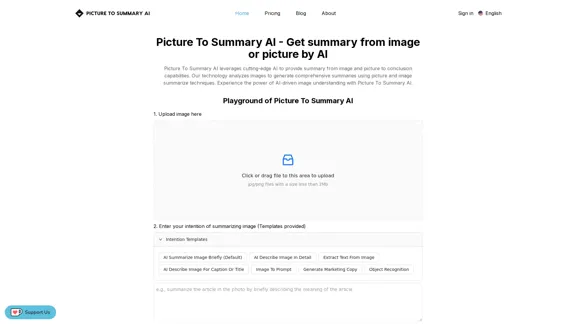
Picture To Summary AI - Get summary from image or picture by AI
Picture To Summary AI - Get summary from image or picture by AIPicture To Summary AI is a tool for generating summaries from images or pictures.
5.16 K
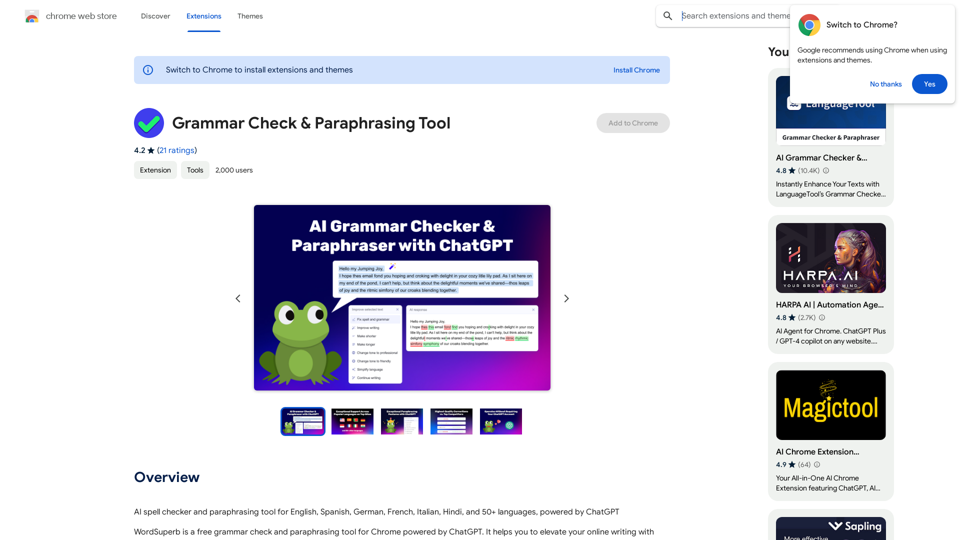
AI Spell Checker and Paraphrasing Tool for English, Spanish, German, French, Italian, Hindi, and 50+ Languages, Powered by ChatGPT
193.90 M
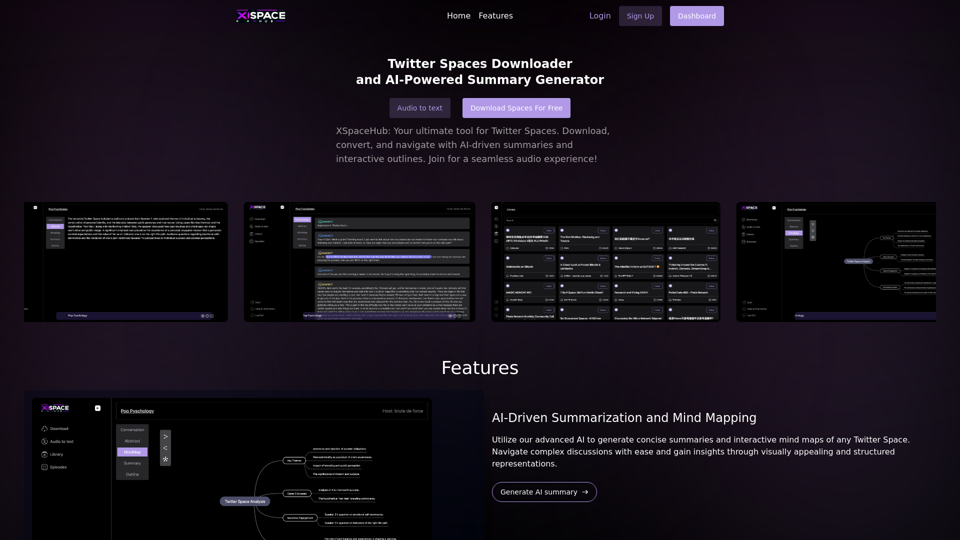
Spaces Downloader and AI-Powered Summary Generator | xspacehub.com
Spaces Downloader and AI-Powered Summary Generator | xspacehub.comXSPaceHub is your ultimate tool to download, convert, summarize, and navigate Twitter Spaces. Access a rich library, enjoy AI-driven summaries, interactive mind maps, and detailed outlines with clickable audio timestamps. Join now for a seamless audio experience!
0
